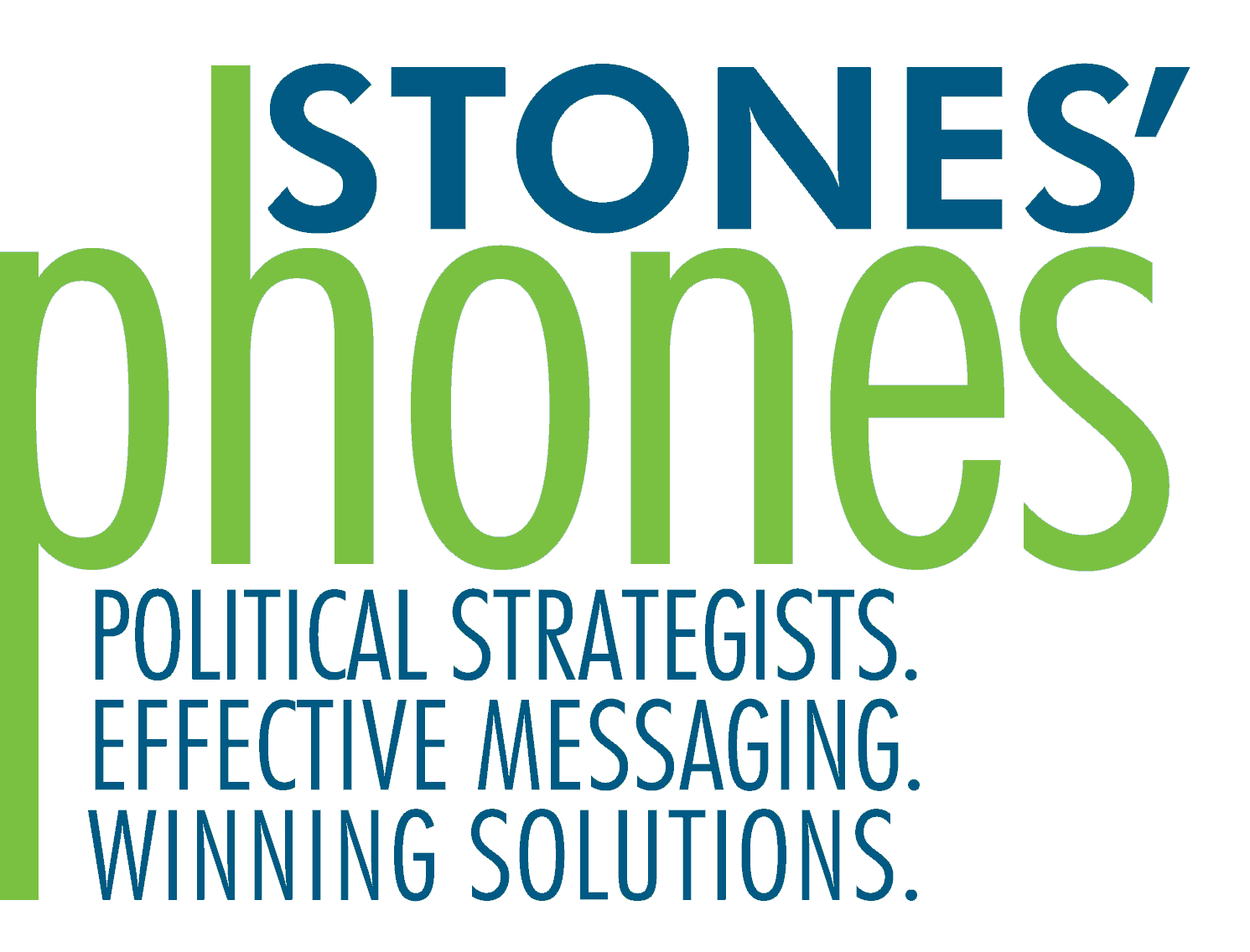Get Out the Vote with Plan-Making Calls
- willw95
- Oct 25, 2023
- 3 min read
Updated: Dec 11, 2023

Getting voters to the polls is always a challenge, and it can be even more difficult during off-year elections, where voter drop-off and low turnout numbers are a constant struggle for campaigns. Getting voters to start thinking about voting in advance encourages them to make a voting plan. Having voters make election day plans increases the likelihood that they will follow through on their intention to vote.
Marty Stone realized the importance of plan-making in 2001 when he was doing training for the National Democratic Institute in Azerbaijan, and he learned about the British Labor tactic of calling to ask potential voters where they were going to vote. Their answers were not recorded; the goal was merely to get them thinking about their voting plans ahead of the election.
Marty returned to the United States and found that this technique wasn’t being applied to GOTV efforts here. He took this technique to Alan Gerber and Donald Green, authors of the renowned book Get Out the Vote: How to Increase Voter Turnout. They field-tested the plan-making calls and found that it was one of the most effective ways to get people out to vote. Stones’ Phones was the first consulting firm to run plan-making calls in 2002, and we have found it successful ever since.
Why it Works
While plan-making calls have the ability to get voters actively thinking about their Election Day plans, they need to be done carefully. We have noticed that campaigns often want to ask voters too many questions in one call. One question is the most effective way to have a person think about their voting plan without turning the voter off from making a plan to vote.
What campaigns can do, however, is space out their questions with multiple different calls. We recommend asking one question per call. The idea is to plant a seed in the voter’s head, not to monitor their every move on Election Day.
Strategically timing the questions you’re asking makes voting seem less like an overwhelming chore than it would if the campaign bombarded the voter with a myriad of questions in one call.
As with other types of calls, it’s important to refine your target universe for Plan-making GOTV calls. For instance, it's not always helpful to target undecided voters. Instead, you should target likely supporters who are less likely to vote. It’s important to make sure you have phone numbers for everyone that you want to call. You can send any list of full addresses to Stones’ Phones, and we can enhance your data to find as many good phone numbers as possible.
A study done by Harvard and Yale found that forming a voting plan through a phone call can increase voter turnout by 4.1 percent among those contacted. Establishing a voting plan with a potential voter is an effective way to get them out to the polls on Election Day.
How Stones’ Phones Can Help
Stones’ Phones is on the cutting edge of GOTV ideas. We offer a variety of automated and live call programs that can push your GOTV operation over the top.
We upgraded our auto calls by asking plan-making questions using push-button technology. These interactive calls take voting away from a hypothetical act and make it into a specific plan in the voter’s mind, reminding your supporters to head to the polls.
While plan-making auto calls can be successful at planting the seed in a voter’s head, plan-making live calls are the most effective way to encourage a voter to visualize and ultimately follow through with his or her voting plan.
A Voting Plan Can Make the Difference
A voter’s lack of planning regarding how to vote can be one of your biggest liabilities during an election. By helping your candidate or organization design a program that will allow voters to create a voting plan, Stones’ Phones can assist you in getting voters out to the polls.
Reach out to our experts today and see how Plan-making GOTV calls can make a difference for your campaign!



